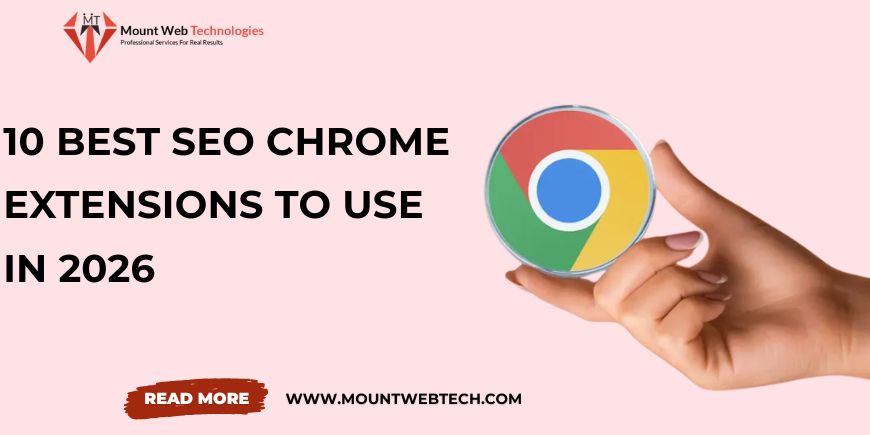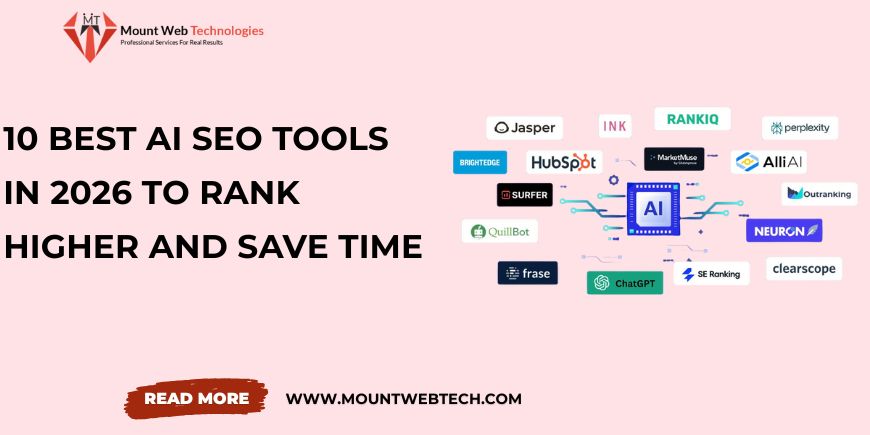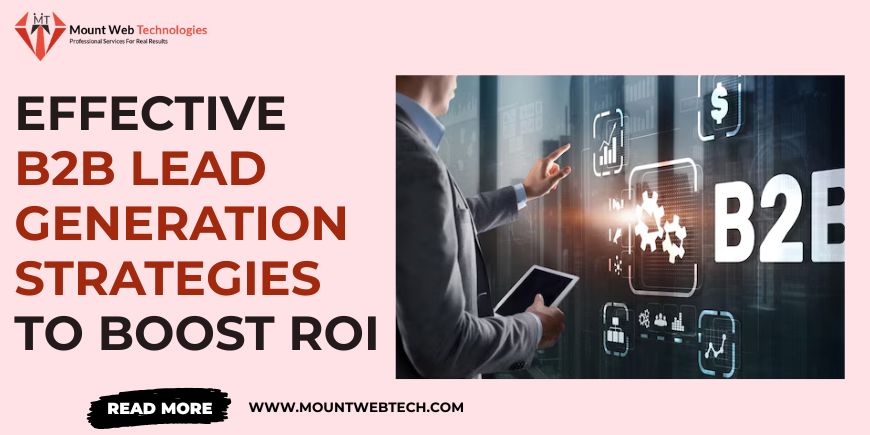Effective B2B SEO Strategies for Small Businesses
Small businesses in the B2B industry often face a tough challenge when it comes to online visibility. Competing with larger corporations that dominate search results can feel almost impossible. With the right B2B SEO services, even a small firm can enhance its search rankings. This way, it can draw in the right audience and generate consistent, high-quality leads without breaking the bank. According to a recent BrightEdge report, 68% of all online experiences begin with a search engine, and Google accounts for nearly 90% of that traffic. This makes mastering SEO an essential step for any B2B company that wants to grow and be found by potential clients at the right time. Unlike B2C marketing, B2B SEO focuses on long-term trust and expertise. Buyers are not looking for discounts or quick offers. They are searching for solutions, industry insights, and reliable partners who understand their business needs. That is why strategy-driven optimization can transform how a small business performs online. In this blog, we will explore the best B2B SEO strategies that help small businesses compete with confidence, strengthen credibility, and grow sustainably. No matter if you’re starting out or looking to improve, these tips will help you build a better online presence that shows real results. What is B2B SEO and Why It Matters for Small Businesses B2B SEO is the process of optimizing your website to attract other businesses rather than individual consumers. It focuses on ranking for keywords that decision-makers search for during their buying journey. For example, a small software company may want to rank for phrases like “cloud CRM for startups” or “inventory management for retailers.” These are intent-based keywords that attract professional buyers who are actively searching for solutions. Investing in B2B SEO services helps small businesses stand out. It builds their visibility in search results, giving them a chance to compete with large companies. Unlike paid advertising, organic traffic builds on itself over time, adding efficiency to long-term marketing. Looking to improve your digital visibility and generate quality B2B leads? Connect with Mount Web Technologies today for a free consultation with our expert team. How Search Engines Evaluate B2B Websites in 2026 As 2025 comes to a close, search behavior is entering a new era. The rise of AI-driven discovery and GEO, or Generative Engine Optimization, is changing how people find information online. Now, users rely on AI chatbots, voice assistants, and generative search summaries instead of typing keywords. These tools provide direct answers from trusted sources. To stay visible, businesses must build credibility and optimize their sites for both human readers and AI systems. Google continues to evaluate websites based on E E A T, which represents Experience, Expertise, Authoritativeness, and Trustworthiness. Using these principles with AI-driven B2B SEO helps your content shine in both classic and AI search results. Here are simple ways to strengthen your credibility and improve AI visibility Add author profiles with real credentials and photos on all key pages Publish data-backed case studies that reflect measurable results Keep contact details, pricing, and company background transparent Include structured data and schema to make your pages easier for AI to understand At Mount Web Technologies, we stay ahead of algorithm changes through AI-powered B2B SEO. Our team uses schema markup, structured Q&A formats, and conversational content. This approach fits well with GEO systems and AI summary models. Each project at our B2B advertising agency follows E E A T principles. We also use top B2B SEO strategies to build digital authority and ensure long-term ranking stability. Step-by-Step B2B SEO Strategy That Works for Small Businesses Building a strong B2B SEO foundation requires a mix of research, content, and optimization. Below are the most effective strategies that deliver results for small businesses in competitive industries. 1. Define Your Target Audience Before launching any SEO plan, clarity about who you want to reach is crucial. In the B2B world, your audience is not a single buyer but a team of decision-makers. Understanding their challenges, purchase timeline, and content preferences helps shape the foundation of your marketing. Create audience personas that outline roles, goals, and pain points. Knowing who you are speaking to allows your B2B SEO services strategy to focus on high-intent users who are most likely to convert into clients. 2. Start with Precise Keyword Research The right keywords define how your ideal clients find you. B2B buyers use detailed, intent-based queries like “best logistics software for small enterprises” or “manufacturing ERP for distributors.” These searches reveal both need and urgency. Our team begins every campaign with in-depth B2B keyword research tips using data from leading SEO tools and client insights. We analyze keyword intent, search volume, and competition to uncover terms that align with your business goals. This precision ensures your b2b seo services reach real buyers, not random clicks, and drive measurable results. 3. Build a Strong Content Framework Content is the most powerful tool in B2B marketing. Buyers want clarity, proof, and insight before making a purchase. By aligning content with the sales journey, you guide prospects from discovery to decision naturally. High-performing content types for content marketing in B2B SEO include: Industry-specific guides and comparison articles Case studies that show success through real metrics Blogging about complicated academic topics in simple terms. Whitepapers and reports that establish authority At Mount Web Technologies, we create content that blends value with precision. Every piece adds to building credibility for our clients and enhancing organic visibility. We achieve this with B2B SEO services intended for results. 4. Optimize On Page SEO for Relevance and Authority On-page SEO for B2B websites is where strategy meets structure. A well-optimized page helps both search engines and human readers understand your expertise. Key areas to optimize include Title tags, meta descriptions, and clear H1 headings Logical internal linking that connects related pages Image tags and alt text for accessibility Schema markup for rich AI summaries Our B2B advertising agency will make sure everything on-page is aligned with both buyer intent and the










